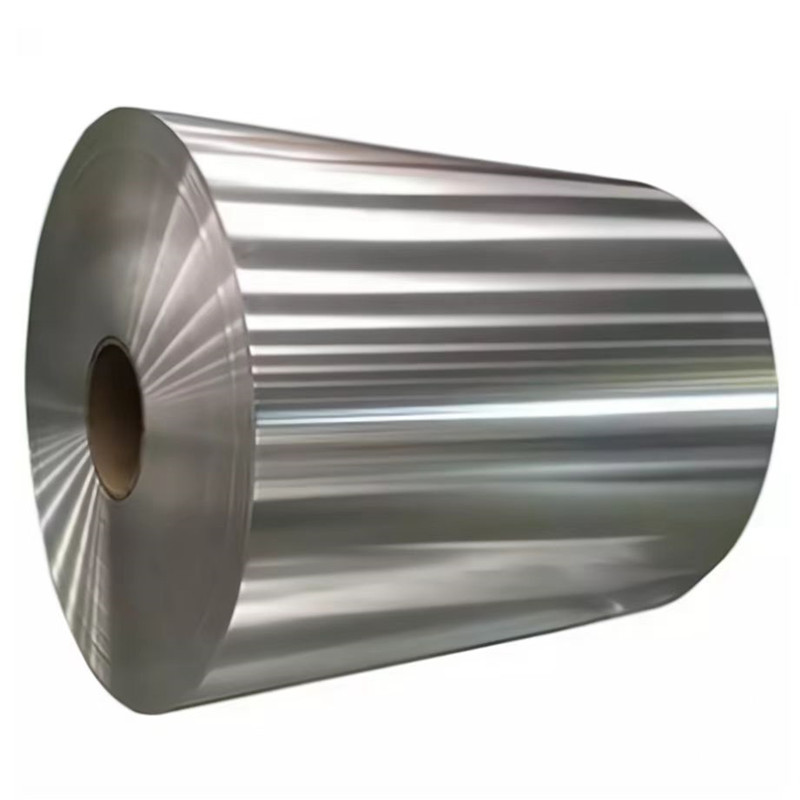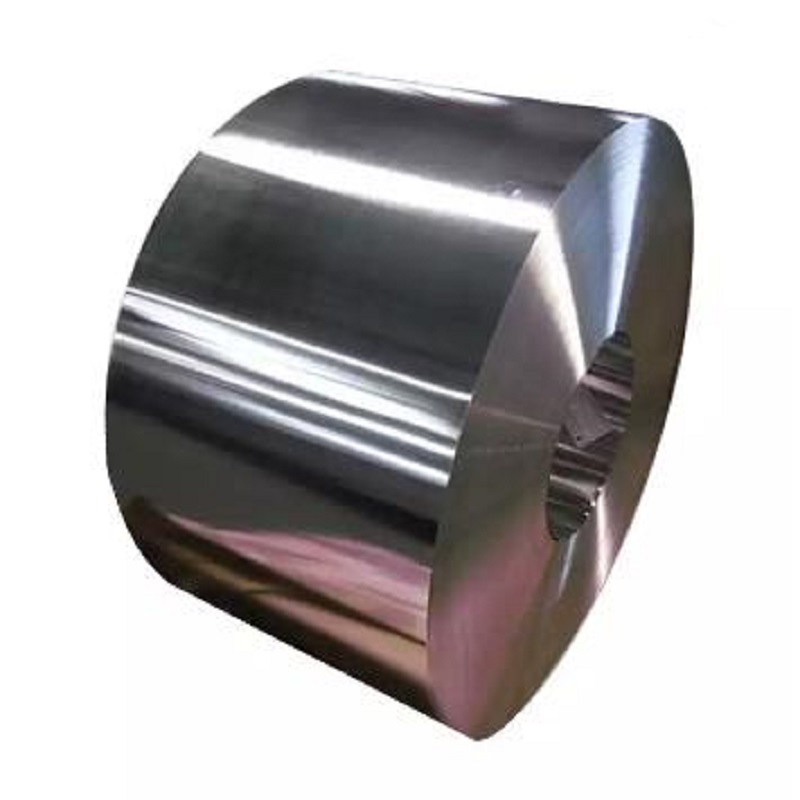
Oct . 12, 2025 09:30 Back to list
Tin Plates Manufacturers | Food-Grade, Custom, Quick Ship
Inside the Tinplate Boom: What Buyers Should Really Know
If you’re scanning the market for tin plates manufacturers, you’ve probably noticed lead times finally cooling down after two hectic years. Demand from food, aerosols, and closures is still healthy, but pricing is steadier. I’ve toured mills from Tangshan to NRW; frankly, the mills winning today pair stable base steel with consistent electro-tinning—and credible food-contact documentation. Without that paperwork, big brands won’t even open the RFQ.

Product snapshot: China Tin PlateTinplate Coil Manufacture Supplier
Origin: Room 1017, Qicheng Building, No.210, ZhongHuanan Street, Qiaoxi District, Shijiazhuang City, Hebei Province. It’s a classic electrolytic tinplate (ETP): low-carbon steel with a thin, uniform tin layer for corrosion resistance and formability. Many customers say the real value shows up in can lines—fewer split seams, fewer varnish fish-eyes, smoother double seaming.
Process flow (brief but practical)
Steel selection → pickling → cold rolling (to ≈0.14–0.50 mm) → batch/continuous annealing → temper rolling (T2–T5) → electro-tinning (flow-bright or matte) → reflow → passivation (often Cr-based) → oiling (DOS) → slitting/sheeting → QC. Testing follows ASTM A623/A623M general requirements and EN 10202 for mechanicals and coating mass. Food-contact migration tests reference EU 1935/2004 and FDA 21 CFR 175.300 for lacquered systems.
| Specification | Typical range / value | Notes (real-world may vary) |
|---|---|---|
| Thickness | ≈0.14–0.50 mm | ±0.005 mm typical tolerance |
| Width | 600–1,000 mm | Custom slit widths available |
| Temper / Hardness | T2–T5 (HR30T ≈55–73) | Match draw depth & seaming spec |
| Tin coating mass | 2.8/2.8 to 8.4/8.4 g/m² | Heavier coats for acidic fills |
| Surface finish | Bright, Stone, Matte | Affects printability & lacquer wetting |
| Defects control | Pinholes ≤3/m², earing ≤2% | Per mill QC aligned to ASTM/EN |
Service life? For canned foods with proper lacquer, 24–36 months shelf stability is pretty standard; industrial pails may see longer, though it depends on chemistry and storage humidity.

Where it’s used (and why)
- Food & beverage cans, ends, and easy-open lids—because tin + lacquer keeps flavors clean.
- Aerosol bodies and domes—good ductility, consistent temper.
- Closures and crowns—hard tempers for curl and crimp accuracy.
- General line: paint, oil, and chemical pails—when printability matters.
Advantages: tight thickness tolerance, excellent print surface, reliable corrosion resistance (especially with correct lacquer stack). A few purchasing managers told me changeover scrap dropped when coil flatness improved—those little wins add up.
Vendor landscape: quick comparison
| Vendor | Lead time | Certs | MOQ | Notes |
|---|---|---|---|---|
| China Tin PlateTinplate Coil Manufacture Supplier | ≈3–6 weeks | ISO 9001; food-contact docs on request | ≈25–50 tons | Strong on customization and slitting |
| EU Mill A | 6–10 weeks | ISO 9001/14001; EN 10202 reporting | ≈50–100 tons | Premium pricing; very consistent |
| Regional Service Center | Stock/fast ship | Varies by source | Small lots | Higher unit price; flexible widths |
Customization and QC
Options include asymmetric coats (e.g., 2.8/5.6 g/m²), special tempers for deep draw, passivation tweaks, and primer/lacquer pre-coating. QC usually logs coating weight by XRF, Rockwell 30T hardness, surface roughness Ra, and double-seam trials on customer tooling. Honestly, a short coil trial on your own line is priceless.
Case notes from the floor
- A mid-size snack brand switched to heavier inside coat (5.6/5.6) and reported 0.3% fewer panel bulges after retort—small, but it paid for itself.
- A paint-can maker adopted T4 temper for lugs; complaints about lid deformation dropped noticeably in Q2.
If you’re shortlisting tin plates manufacturers, ask for: ASTM/EN test sheets, migration statements (EU 1935/2004; FDA 21 CFR 175.300), and recent pinhole density maps. It seems basic, but it filters the field fast.
Final thought: the right coil reduces downtime more than any discount. Compare T-coil age, oil type, flatness targets, and coater compatibility across your top three tin plates manufacturers—you’ll see the difference on your seamers.
- ASTM A623/A623M – Standard Specification for Tin Mill Products, General Requirements.
- EN 10202 – Cold reduced tinmill products – Electrolytic tinplate and electrolytic chromium/chromium oxide coated steel.
- JIS G 3303 – Electrolytic Tinplate.
- EU Regulation (EC) No 1935/2004 – Food contact materials.
- FDA 21 CFR 175.300 – Resinous and polymeric coatings for food contact.
- ISO 9001 – Quality management systems (certification commonly required by canmakers).
-
Reliable Water Tin Can Supplier | Durable & Sustainable Tinplate Containers
NewsNov.24,2025
-
Reliable Water Tin Can Suppliers for Durable and Sustainable Water Storage
NewsNov.24,2025
-
Water Tin Can Factory: Sustainable Solutions for Safe Water Packaging
NewsNov.23,2025
-
Trusted Galvanized Malleable Iron Manufacturer for Durable Infrastructure Solutions
NewsNov.23,2025
-
Trusted Galvanized Malleable Iron Manufacturers | Durable & Custom Iron Components
NewsNov.22,2025
-
Galvanized Malleable Iron Factories – Durable & Cost-Effective Industrial Solutions
NewsNov.22,2025